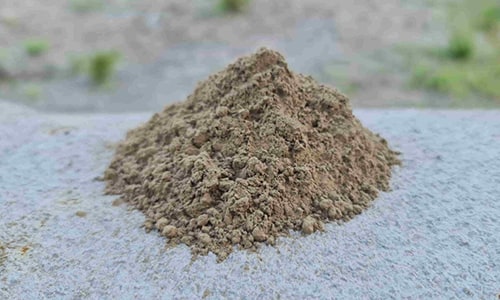
The Difference Between Fly Ash and Bottom Ash
Fly ash and bottom ash are byproducts created during coal burning for energy production. Fly ash is composed of tiny particles of ash carried up the smoke stack, while bottom ash is composed of larger particles that do not become airborne. Furthermore, fly ash and bottom ash are different in terms of the products they are used in and how they should be disposed of properly. S. Howes specializes in designing custom separating and screening equipment that meets any standard for fly ash collection and separating.
What is Fly Ash vs Bottom Ash?
Fly ash and bottom ash are byproducts generated during coal combustion in a coal-fired power plant. The two ash types are distinguished by their physical properties. Fly ash is a fine powdery material, while bottom ash is a coarser, heavier material.
Composition of Fly Ash and Bottom Ash
FLY ASH
Fly ash is composed of tiny particles of ash carried up the smoke stack by the hot gasses created during coal burning. These particles are so small that they remain suspended in the rising air and are collected by electrostatic precipitators or baghouses. Fly ash typically consists of silica, alumina, iron oxide, and other trace elements.
BOTTOM ASH
Bottom ash comprises larger particles that do not become airborne during coal burning. These particles settle at the bottom of the boiler and are collected by a sluice system. Bottom ash typically consists of sand, gravel, and other minerals.
What are Some Uses of Fly Ash and Bottom Ash
Fly ash has a variety of uses in the construction industry. It can be used as a more cost-effective replacement for cement in concrete, which provides improved workability and durability, as a soil stabilizer, and as an additive to asphalt. Fly ash can also be used to fill depressions in the landscape, reduce erosion, and improve soil fertility.
Bottom ash has many uses, including forming bricks and other building materials. Much like fly ash, it can also be used as a soil conditioner to improve soil fertility.
Environmental Impact of Fly Ash and Bottom Ash
Like many industrial processing byproducts, fly ash and bottom ash can negatively impact the environment if not managed properly. Both fly ash and bottom ash can contain heavy metals and other toxic substances that can contaminate the surrounding environment. Special caution must be taken when capturing fly ash, as air contamination can occur if the fly ash escapes into the environment.
Proper capture and disposal of fly ash and bottom ash must be done to minimize the risk of environmental contamination. Currently, the proper disposal methods of the ash include landfilling, recycling, and reclamation of fly ash from ponds for reuse.
S. Howes has over a century of experience in designing and manufacturing industrial processing equipment for mixing, conveying, screening, size reduction and filtration. Our high standard of quality is what separates our equipment from the rest. S. Howes workmanship allows our machinery to be used over 75 years after it’s manufactured. For a custom solution for your fly ash collection, treatment, and/or handling needs, please contact S. Howes today.